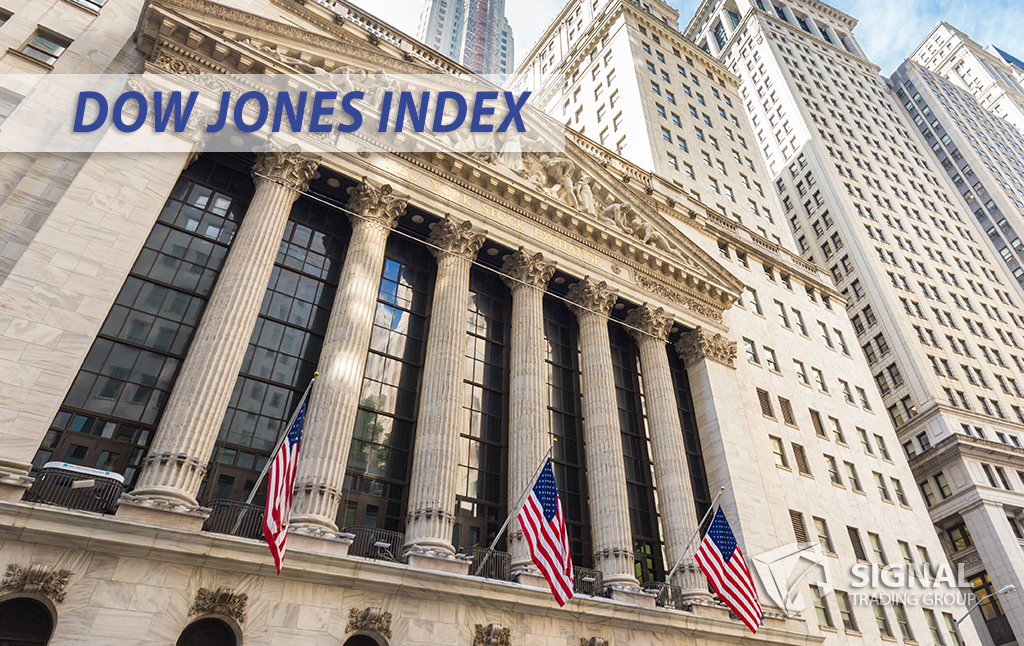The first publication of the Dow Jones Industrial Average (DJIA), also known as “The Dow,” was on May 26, 1896. The DJIA is a stock market index that tracks the performance of 30 large, publicly owned companies trading on the New York Stock Exchange (NYSE) and the NASDAQ. Over the years, it has become one of the most widely used benchmarks of the US stock market’s performance and an important indicator of economic health.
The Origins and Evolution of the Dow Jones Industrial Average
The Dow Jones Industrial Average (DJIA) is one of the most widely followed stock market indices globally, and it serves as a crucial benchmark for the U.S. stock market. This blog post will delve into the origins and evolution of Dow Jones, highlighting its significance to investors worldwide. In addition, we will explore the lives of its creators, Charles Dow and Edward Jones, discuss the index’s key components, and address any criticisms of its effectiveness as a market indicator.
The Making of a Benchmark: The Story of Charles Dow and Edward Jones
The Dow Jones Industrial Average was born out of the vision and entrepreneurship of two men: Charles Dow, a financial journalist, and Edward Jones, a statistician. In 1882, the duo founded Dow Jones & Company to provide reliable business information to the financial industry. Soon after, they launched the first Wall Street Journal, which would become a staple news source for the financial world.
However, Dow and Jones made their most significant impact in the world of finance with the creation of the DJIA in 1896. At the time, stock market reporting could have been more accurate and reliable, with little consistency in the figures reported. The duo wanted to create an index to track the overall health of the U.S. stock market, providing investors with a single number to follow the state of the market.
The first iteration of the DJIA included just 12 stocks representing various industries like railroads, cotton, sugar, tobacco, and gas. Over time, as the American economy evolved, so did the Dow, with companies being routinely added and dropped from the index to reflect these changes.
Components of the DJIA: A Snapshot of the U.S. Economy
Today, the DJIA comprises 30 “blue-chip” stocks representing a wide range of sectors within the U.S. economy. These companies, leaders in their respective industries, serve as a barometer for the health and prosperity of American businesses.
While the original DJIA included primarily industrial companies, today’s index is much more diverse, encompassing technology giants like Apple, Microsoft, and Salesforce alongside stalwarts like Johnson & Johnson and McDonald’s. A committee periodically reviews the index’s constituents, ensuring the DJIA adapts to the ever-changing market landscape.
The Role of the DJIA in Finance: Relevance and Criticisms
The DJIA has long been a valuable tool for investors worldwide, as it helps distill the complexities of the U.S. stock market into a single number easily digestible. Additionally, the DJIA is often viewed as a bellwether for the overall U.S. economy, reflecting strength or weakness and generating headlines during bull and bear markets.
Despite its status, the DJIA has faced its share of criticisms. One such critique revolves around its price-weighted methodology, in which higher-priced stocks carry more weight in the index. Critics argue that such a methodology disproportionately represents specific sectors, overlooking smaller, economically significant sectors. Additionally, as the DJIA includes only 30 selected large-cap companies, some argue that it might not accurately represent broader market movements.
In Conclusion: A Symbol of America’s Rich Financial Legacy
Though it may have flaws, the Dow Jones Industrial Average remains a vital and relevant benchmark of the U.S. stock market. From its humble beginnings 126 years ago to today’s fast-paced modern markets, the Dow symbolizes America’s rich financial legacy. As Charles Dow and Edward Jones set out to do all those years ago, the index continues to provide investors with valuable insight into how their investments are faring in relation to the overall U.S. stock market.




